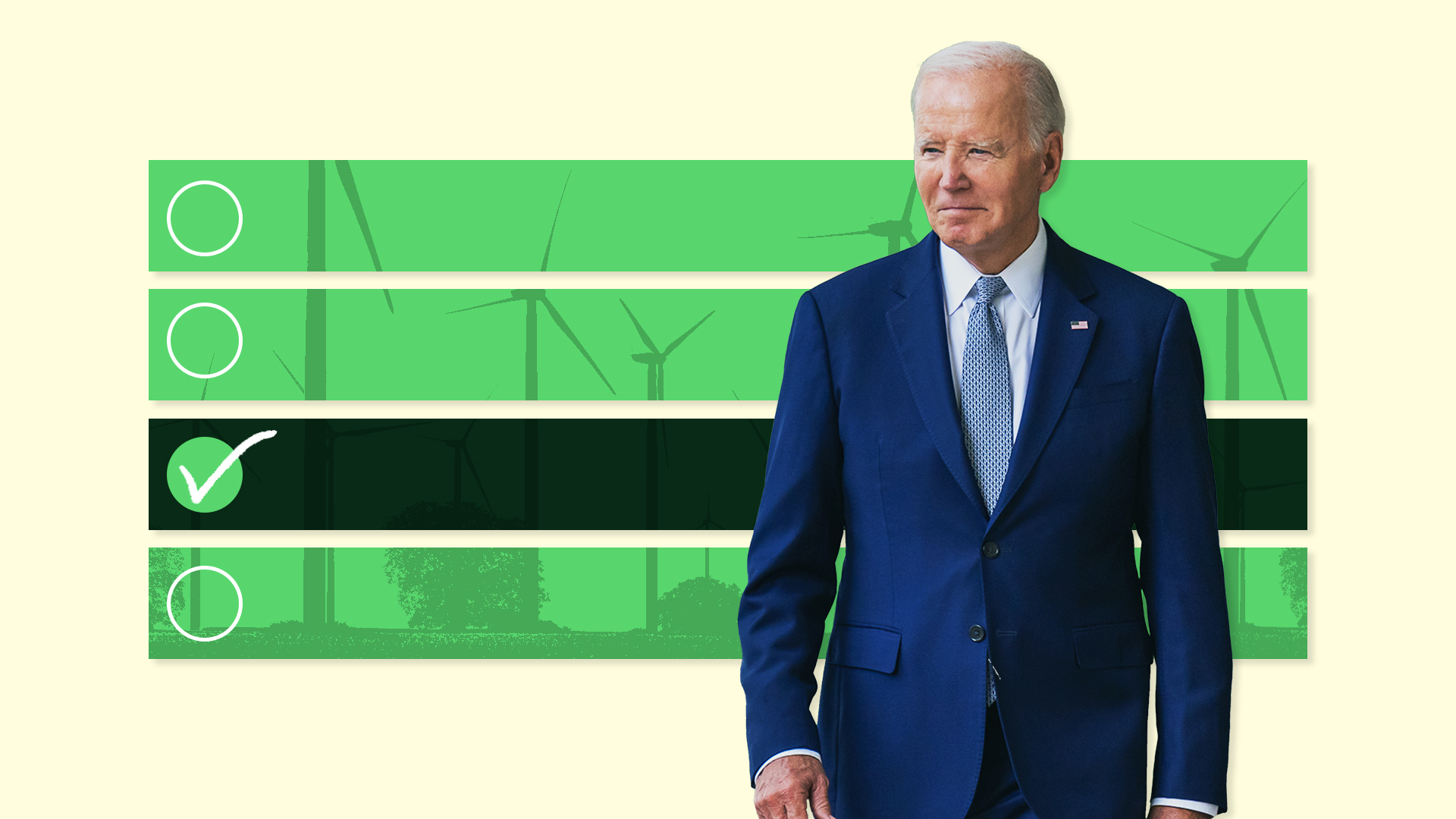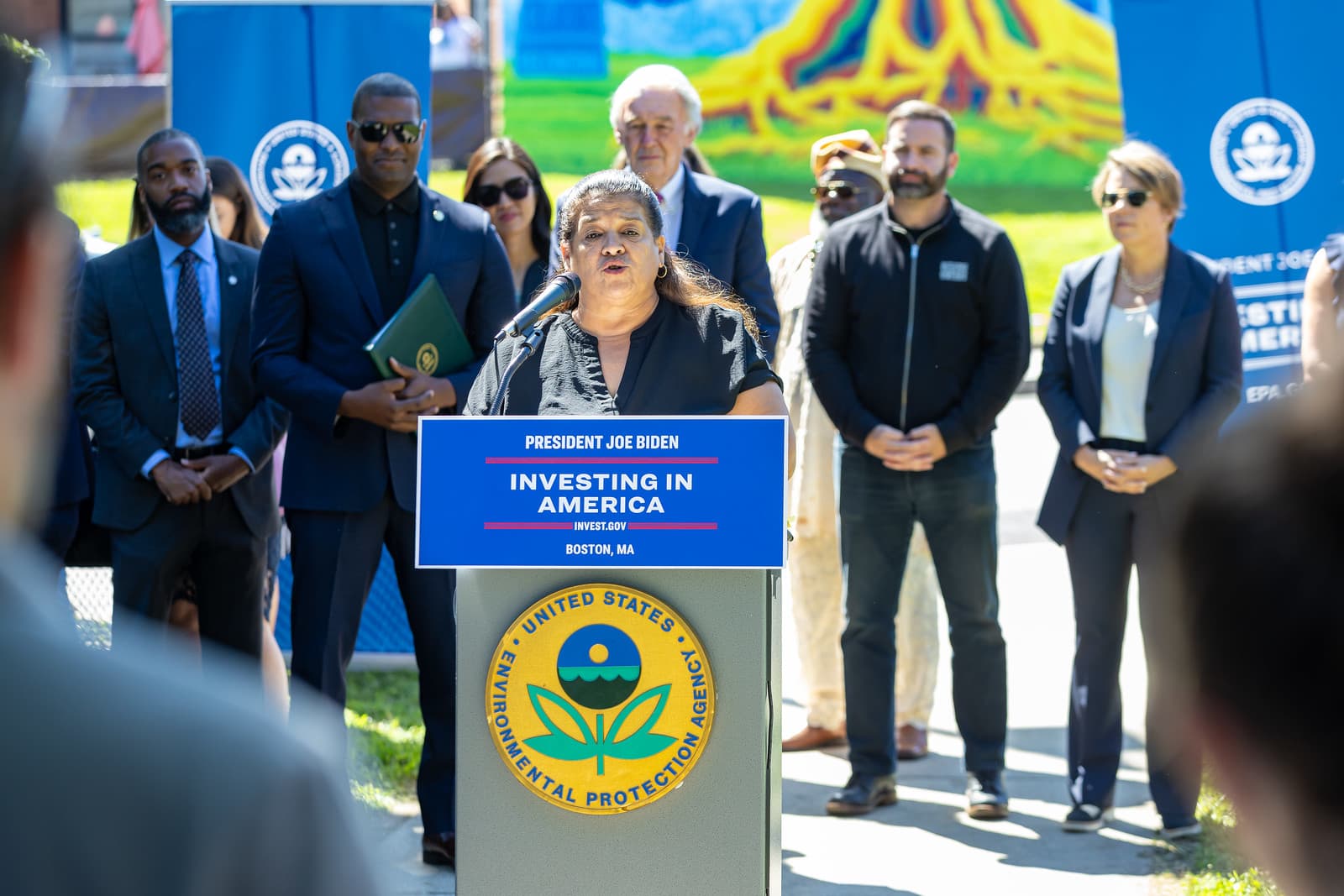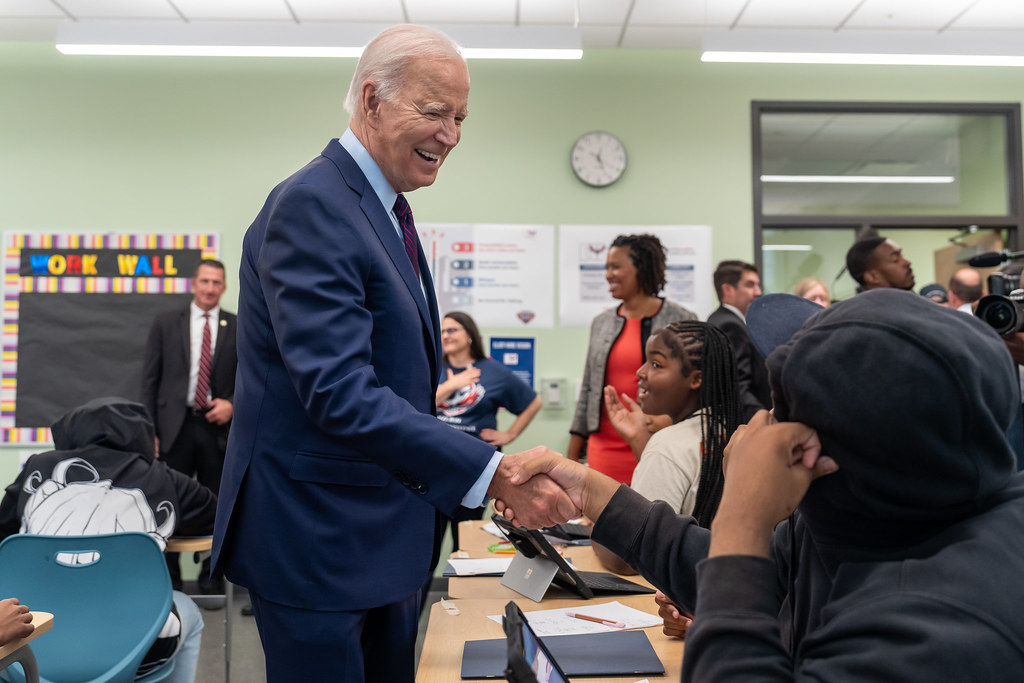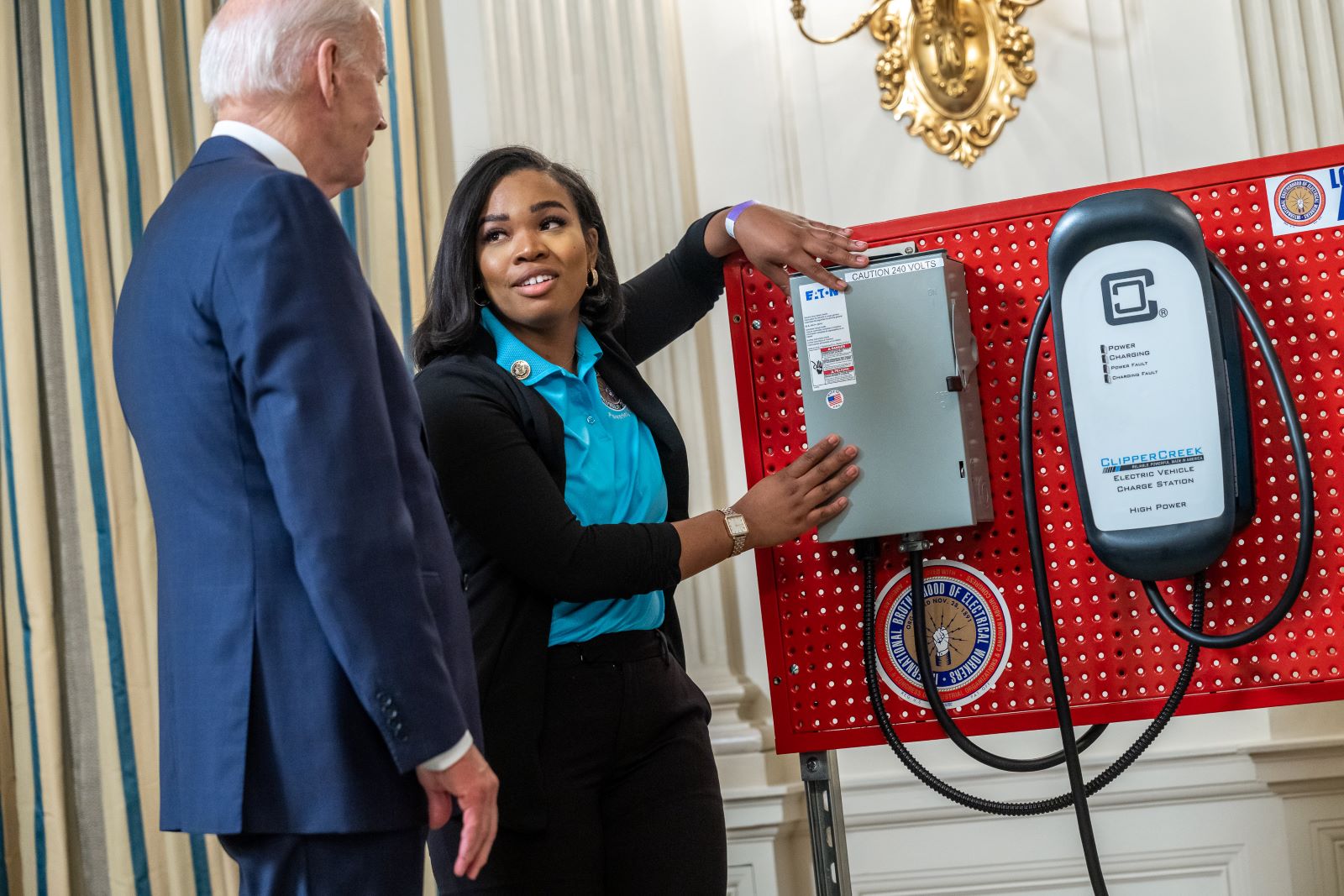President Biden has, without a doubt, done more on climate than any president before him. And, as we enter the last year of his first term—his fourth quarter, so to speak, with the shot clock counting down—there are critical plays he must make to finish the job and fulfill his climate and environmental justice commitments.
First, let’s start with the positive: President Biden has taken important strides on the bold climate agenda he ran and won on, including passing the Inflation Reduction Act (IRA), which is ushering in the largest investments in climate and clean energy in our nation’s history. He’s expressed his commitment to support historically-burdened communities through the Justice40 Initiative. He delivered for the next generation of clean energy workers by creating the American Climate Corps, which will train and hire tens of thousands of young people for high-demand careers in climate and clean energy. And more—the administration, in its best moments, has shown that bold climate action leads to a strong working class and healthier communities.
But the clock is ticking, and the job isn’t done yet. To meet the demands of this moment, the demands of a climate crisis that waits for no one, and the commitments the president made to the American people, his administration still has much to accomplish before the end of his first term.





